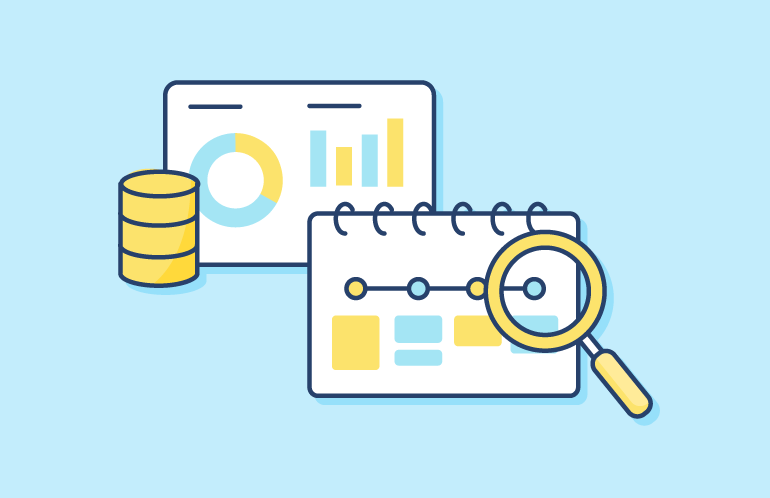Leveraging Data for Client Acquisition and Retention: A Step-by-Step Roadmap


Catégorie : Stratégie CRM
Today more than ever, data has become a powerful tool for businesses looking to acquire and retain clients. By carefully collecting and analyzing data, businesses can gain valuable insights into their customers’ needs, preferences, and behaviors, and use that information to create targeted marketing campaigns and personalized experiences.
However, in order not to get lost, it’s important to approach data collection with a clear plan and purpose.
During Tinyclues’ 2022 First-Party Data Marketing Summit, we talked with Khalil Gulawala, Marketing Automation Manager at Solutions Metrix, who shared some insights about how to efficiently connect acquisition and retention through the use of first-party data.
Most notably, Khalil took us through the step-by-step roadmap he designed to help companies understand the potential of the data they collect. We’ve decided to take you through his roadmap and help you better understand his process and its potential for the development of your business.
The first and most important thing to consider is the order in which the questions are asked – this is crucial for effectively leveraging data for client acquisition and retention. If a step is not completed before moving on to the next, it will not work, and it is important to ensure that each step is completed before advancing. By following the roadmap and asking the questions in the right order, businesses can gain a clear understanding of their motivations and goals, understand their audiences and competitive landscape, and identify the specific data they need to collect in order to improve both acquisition and retention.
Now let’s get started.
The first step in our roadmap is to ask the question “WHY do you want to leverage data for client acquisition and retention?” This is an important question to start with because it helps you understand your motivations and goals, and ensures that you are ready to commit the necessary time and resources to being a data-driven organization.
Next, we need to consider WHO the buyer and end user are. These might be the same person, or they might be different. To take an example, in the case of a veterinarian buying dog treats to give out when a dog behaves well after a vaccine, the buyer is the veterinarian, while the end user is the dog. Understanding the buyer and end user can help you tailor your marketing efforts and understand how to position your product or service to cater to specific needs.
Next, we need to think about the WHAT, and most notably: what are the substitutes and alternatives for your product? Substitutes are products or services that offer the same functionality or utility, while alternatives offer different functionality or utility. For example, to stick to our beloved pet friends, another dog treat company might be a substitute for your product, while a toy could be an alternative. Knowing your substitutes and alternatives can help you understand your competitive landscape and identify opportunities for differentiation.
After that, we need to consider WHEN the customer engages with your product. This could be before or after the point of purchase, and understanding this can help you determine the best time to reach out to potential customers and target your marketing efforts.
Next, we need to think about WHERE customers are hearing about your product or service. This could be through social media, user groups, blogs, or other channels, and understanding which channels are most effective for reaching your target audience can help you optimize your marketing efforts.
Finally, we need to consider HOW to ask the right questions to capture the data you want. This is the last step in our roadmap, and once we have answered all the previous questions, it becomes much simpler to identify the specific data we need to collect.
Let’s apply our roadmap to a case study to see how it can help a business leverage data for client acquisition and retention. No surprise here, we love dogs, and we’ll take a company that sells dog treats and is looking to use data to improve both retention and acquisition.
On the retention strategy side, we can start by asking a question on the lead form or transaction page, such as “What’s the reason you were making this purchase today?” This information can be stored in the customer profile and transaction records, and can be used for personalized marketing efforts, such as targeted upsell or cross-sell campaigns.
As for acquisition strategy, we can review the answers given by customers to understand their needs and preferences. For example, if a customer indicates that they are a veterinarian or dog walker, we can tailor our marketing efforts to appeal to these specific audiences. We can also use the information about substitutes and alternatives to inform our acquisition strategies, reaching out to new customers and thus differentiating our product in the market.
Overall, by following the roadmap and asking the right kinds of questions, you will be able to leverage data to improve both your client acquisition and retention, and create a more targeted and personalized customer experience.
Sommaire